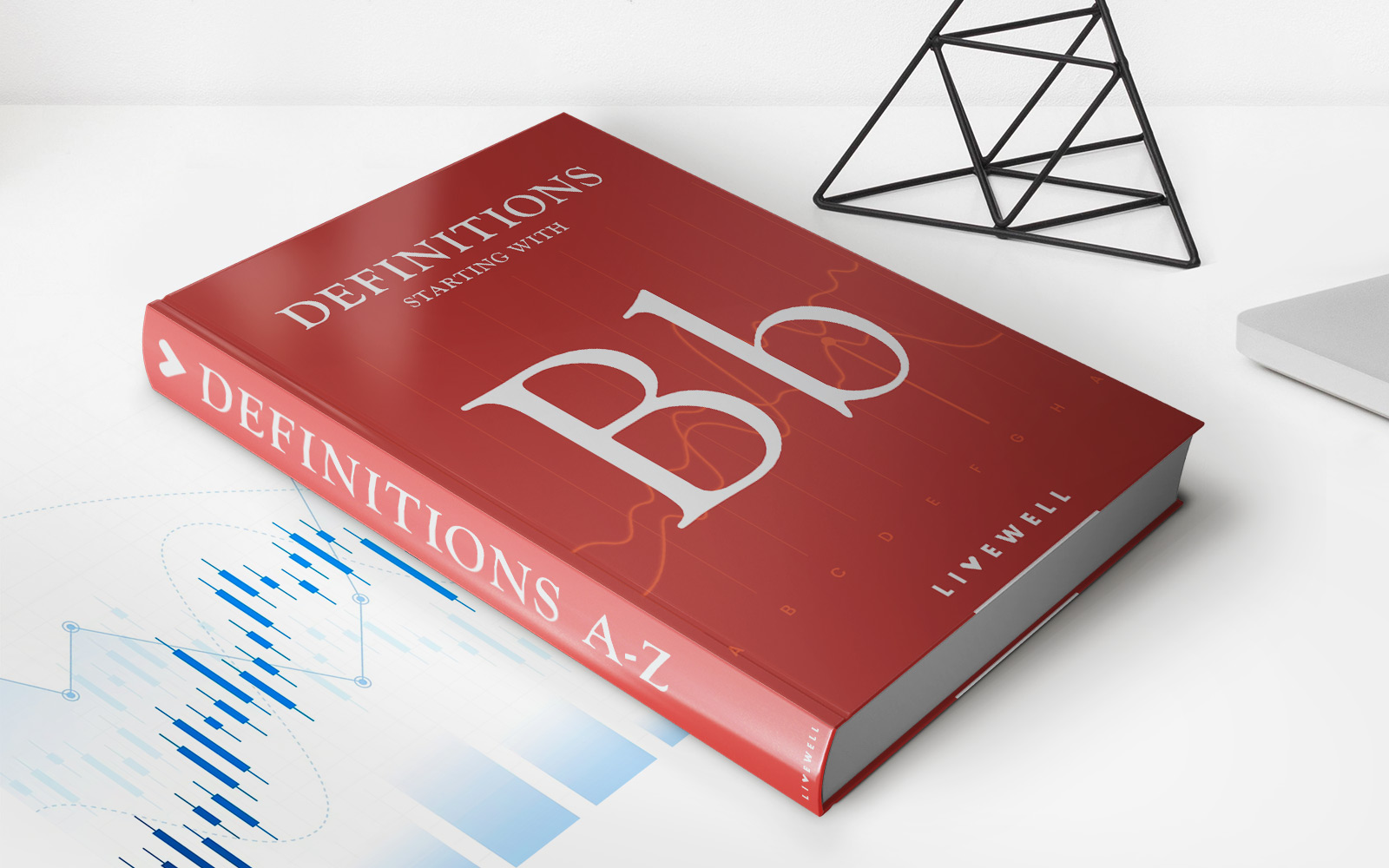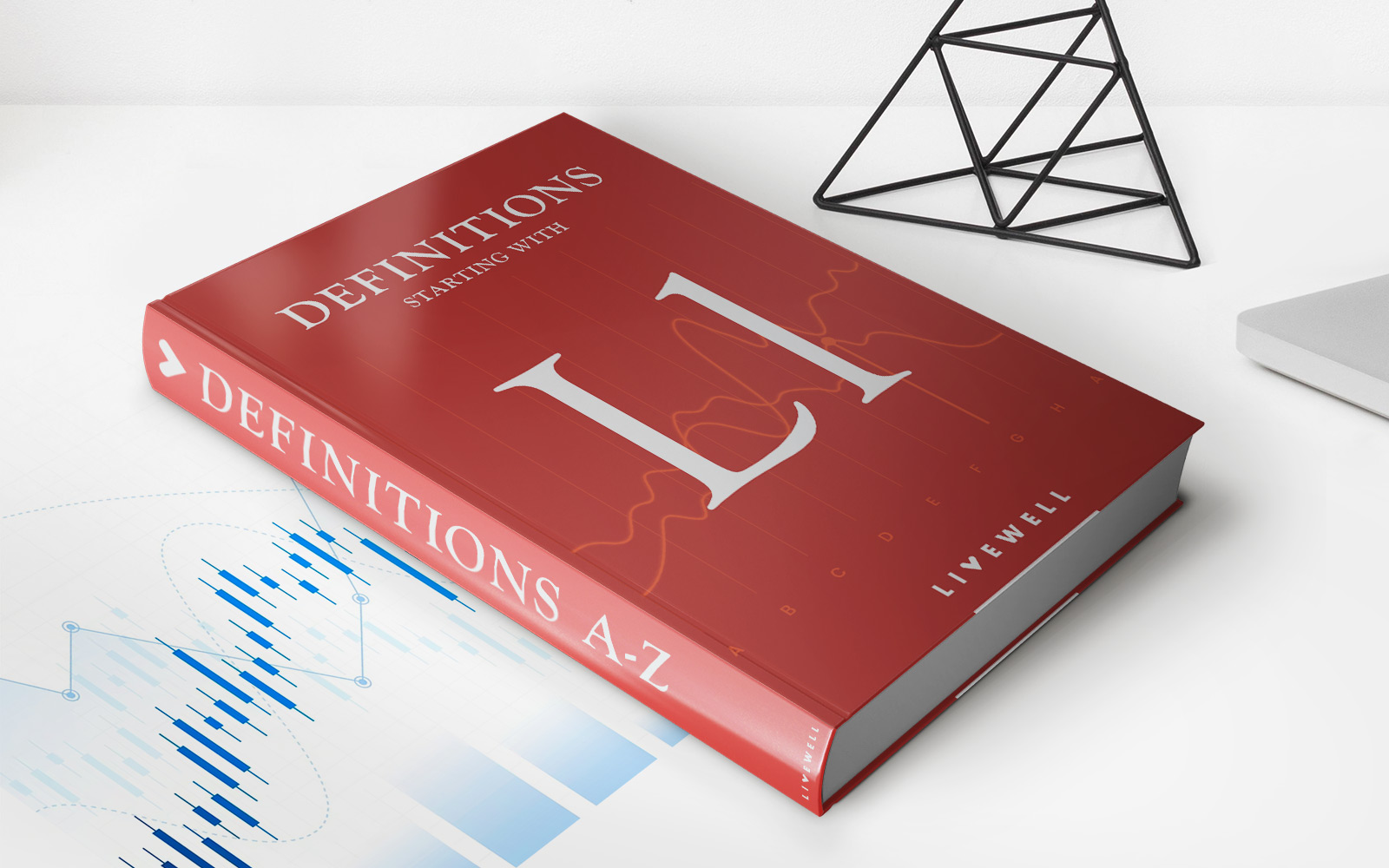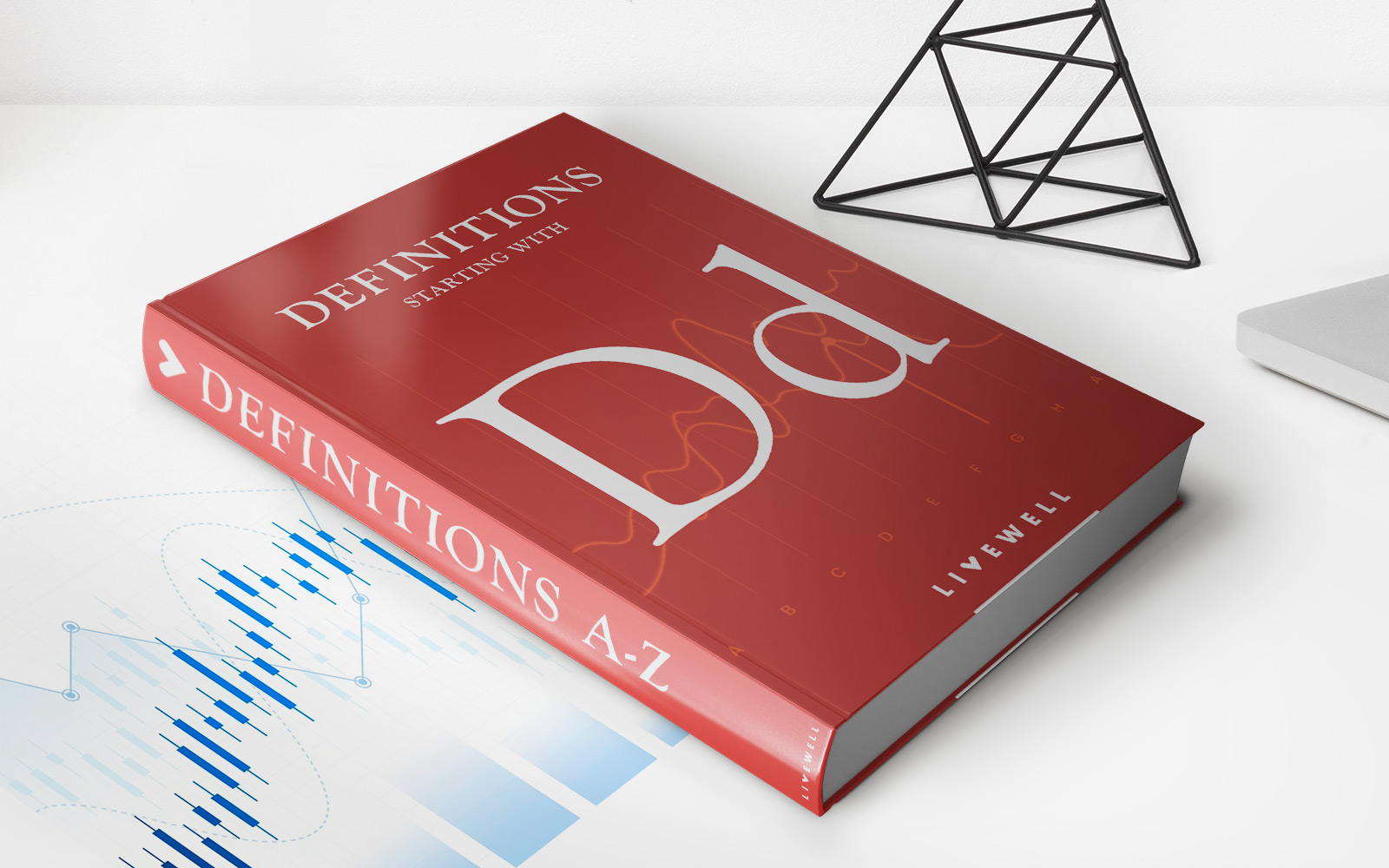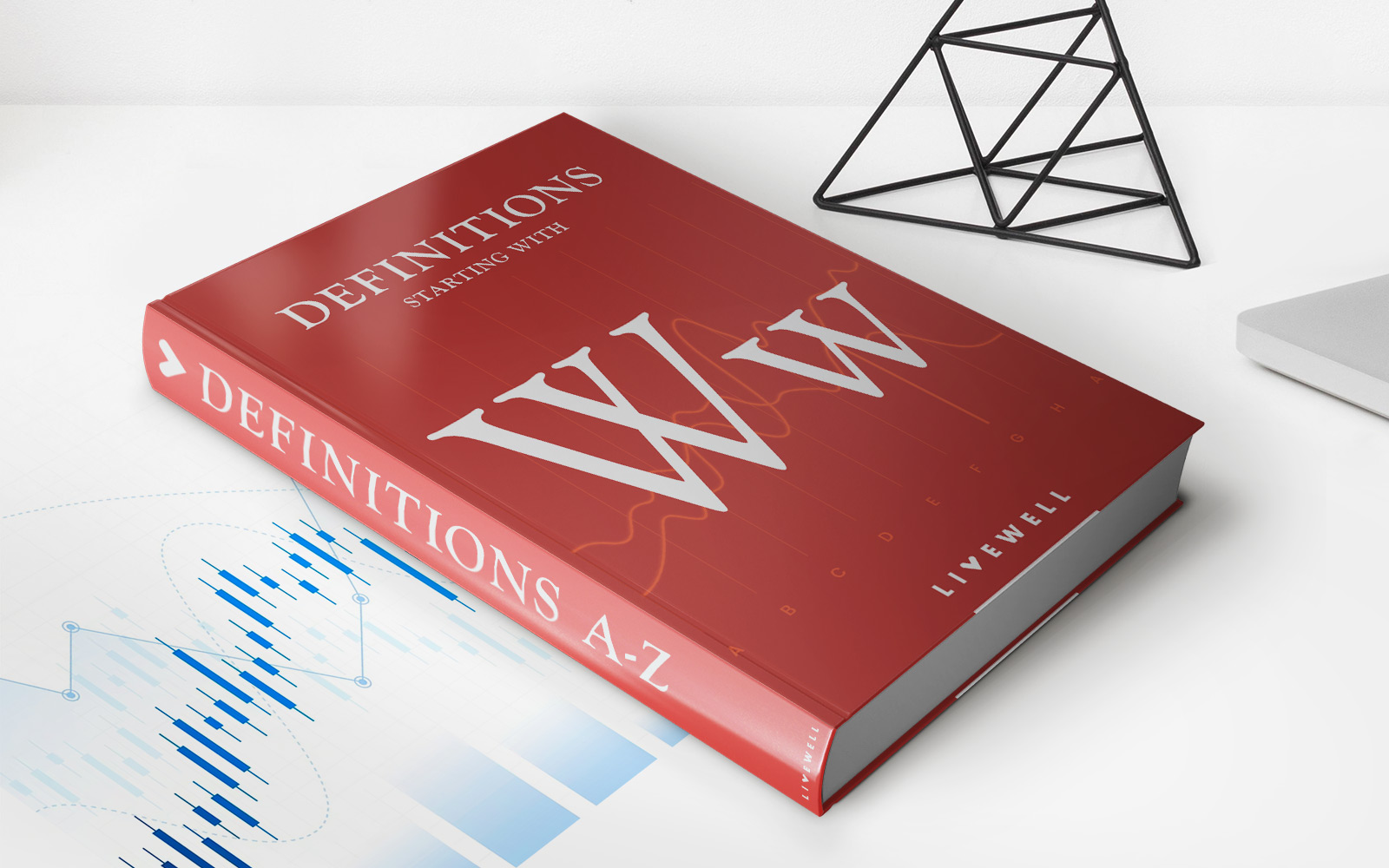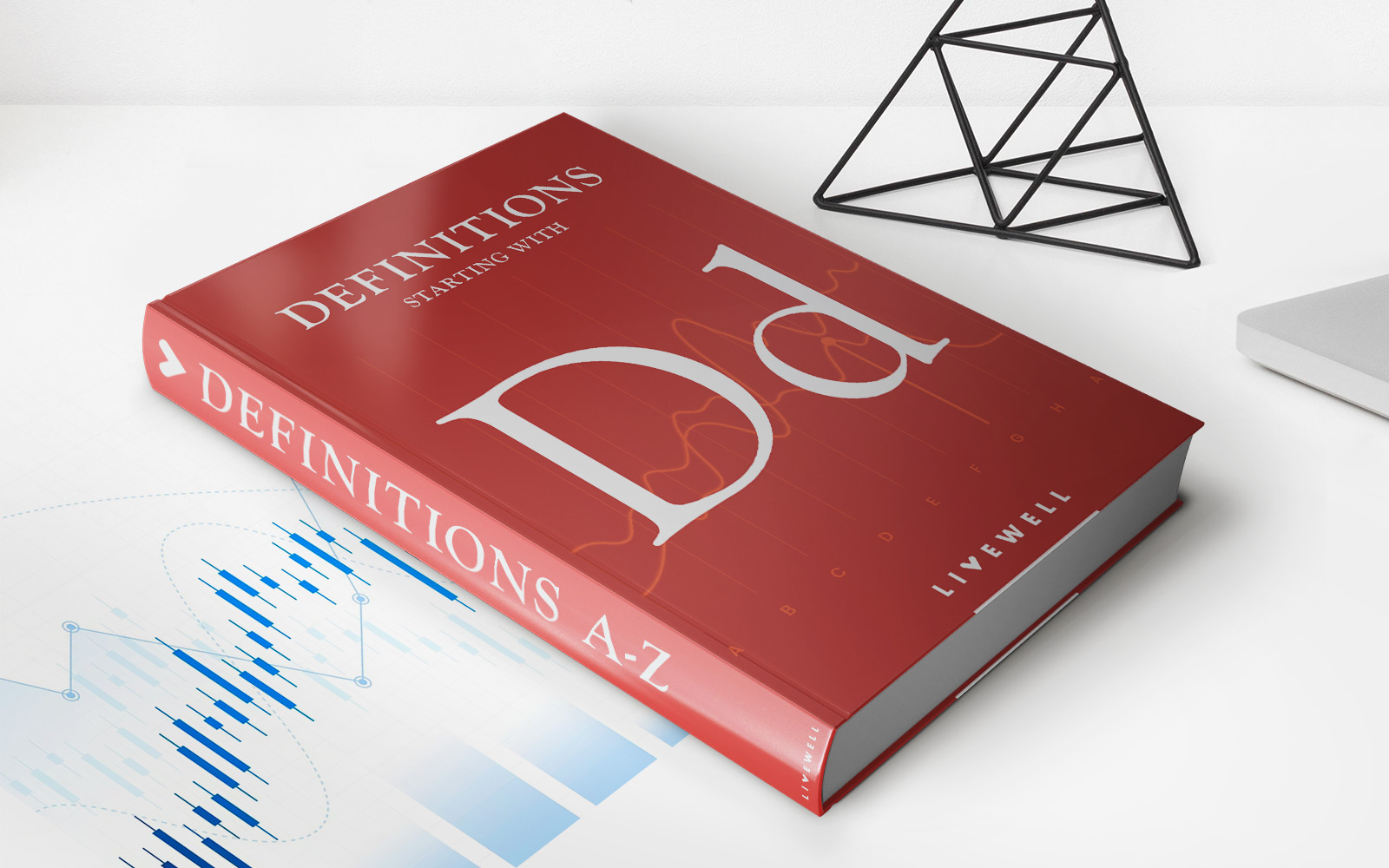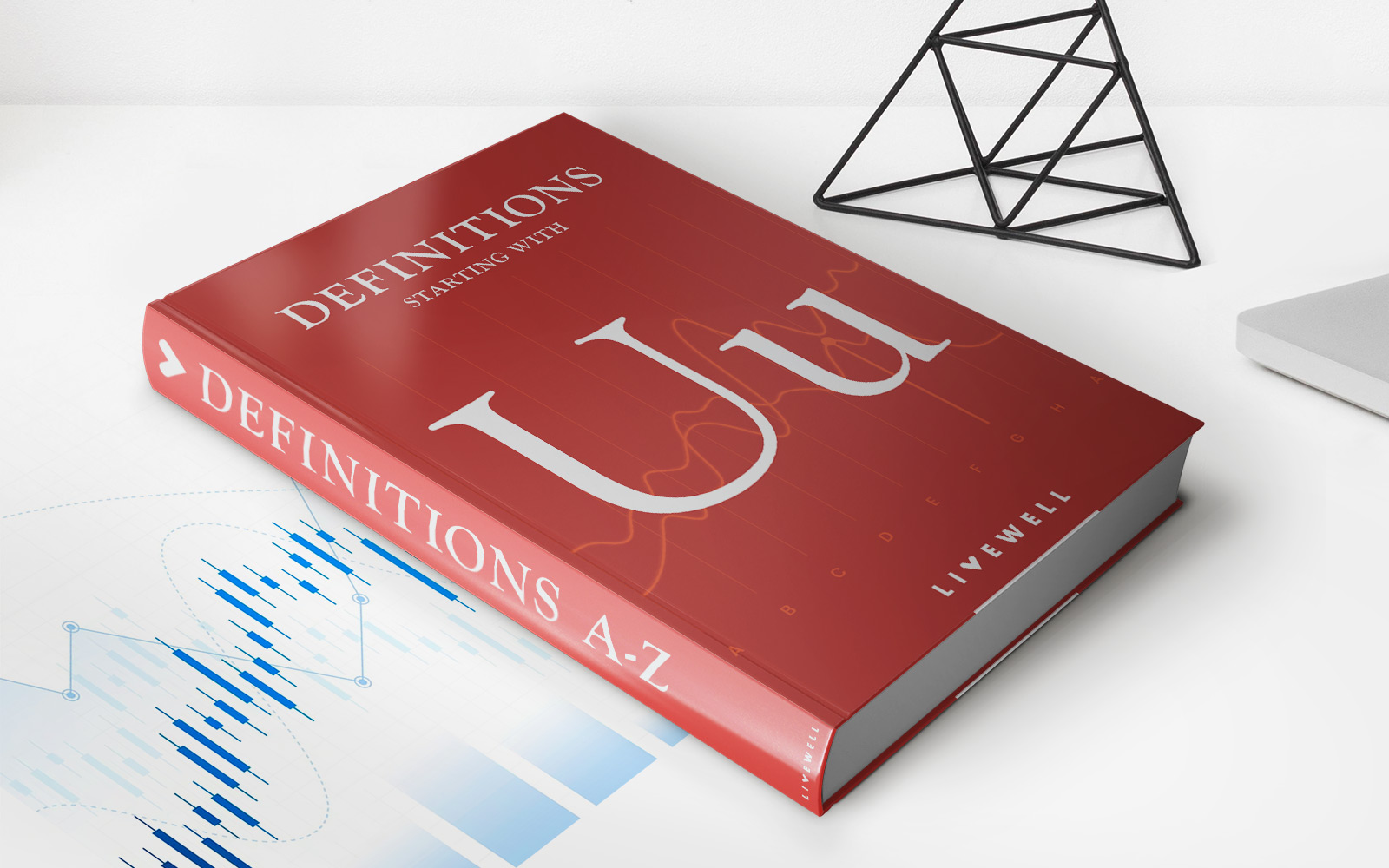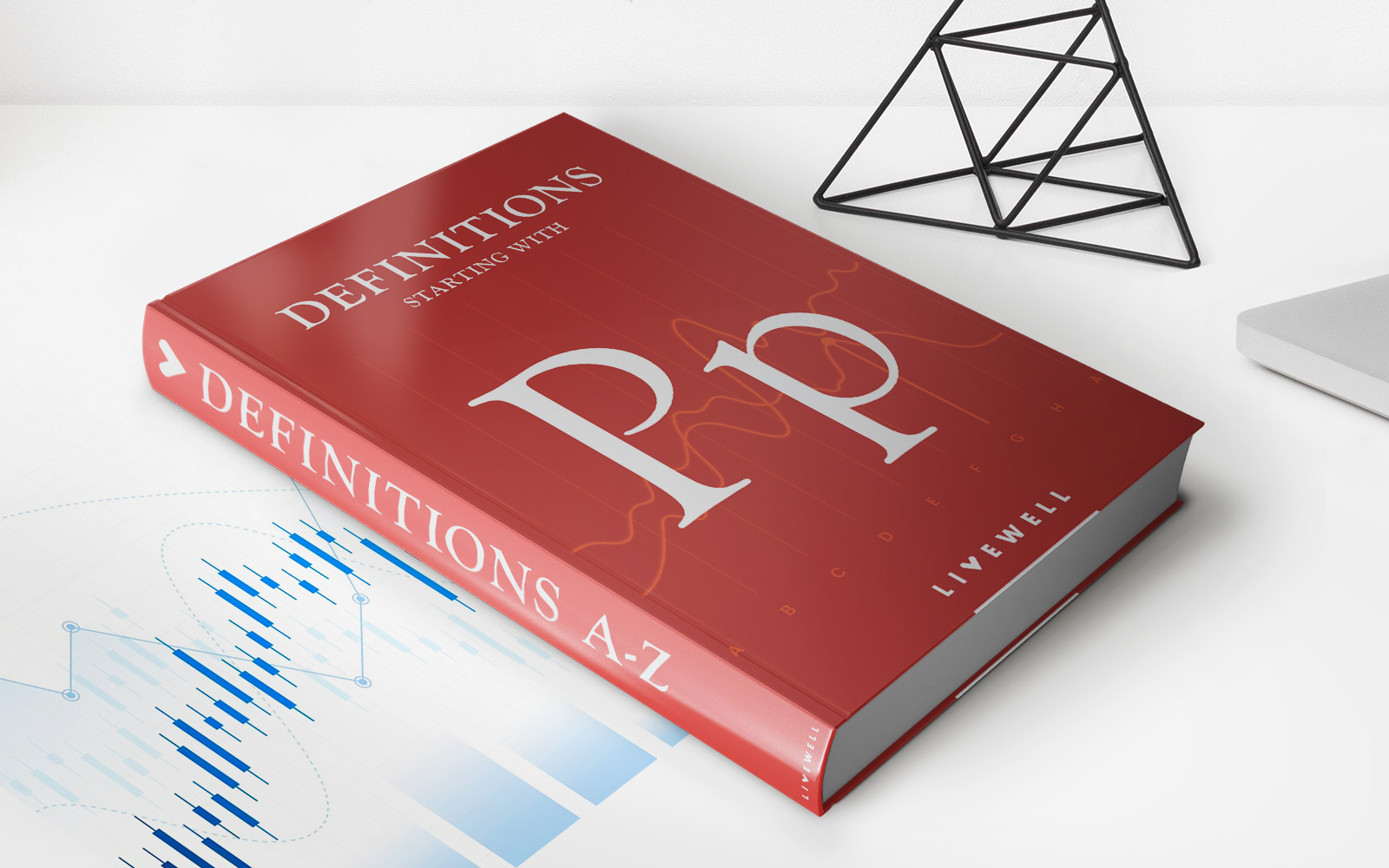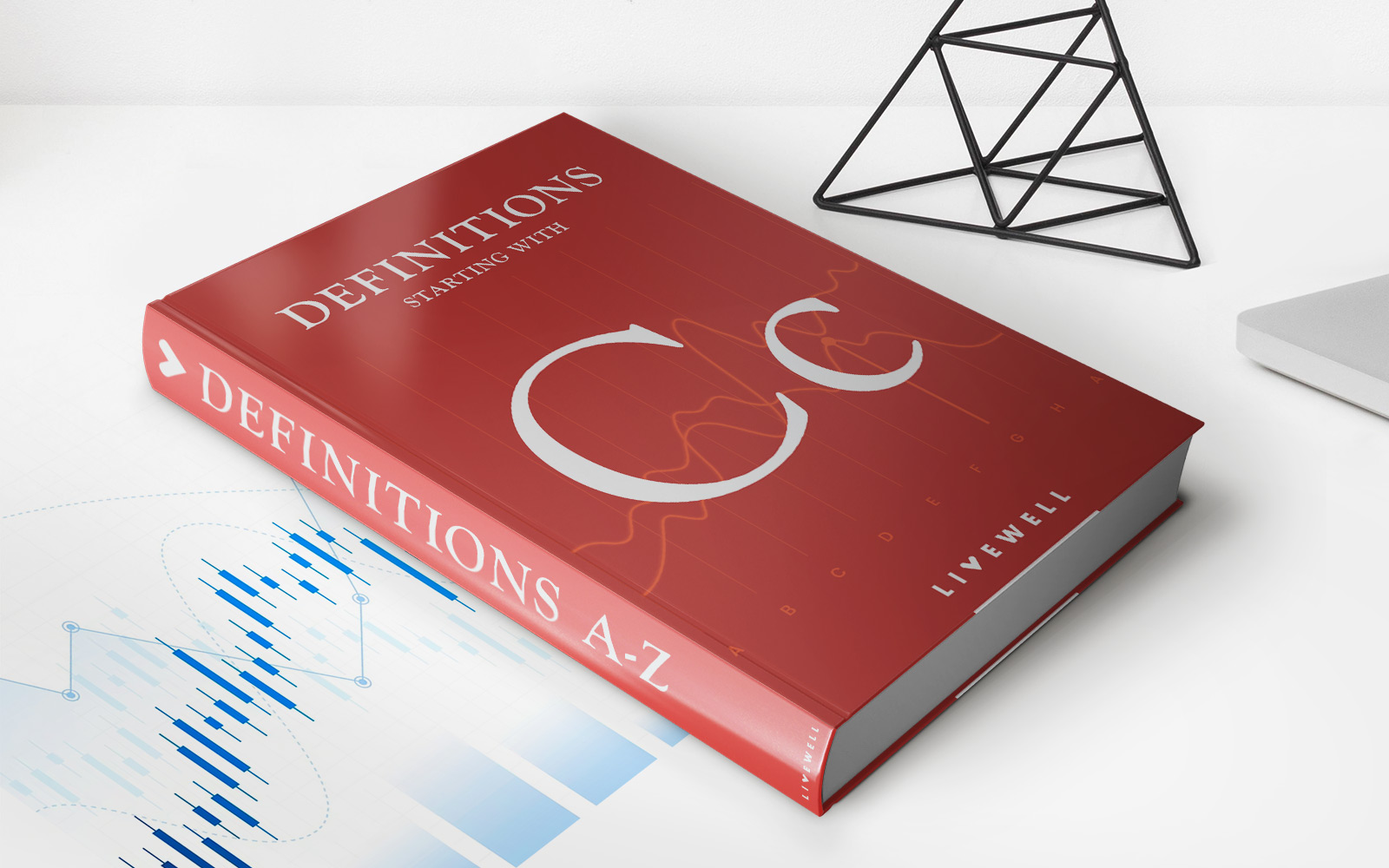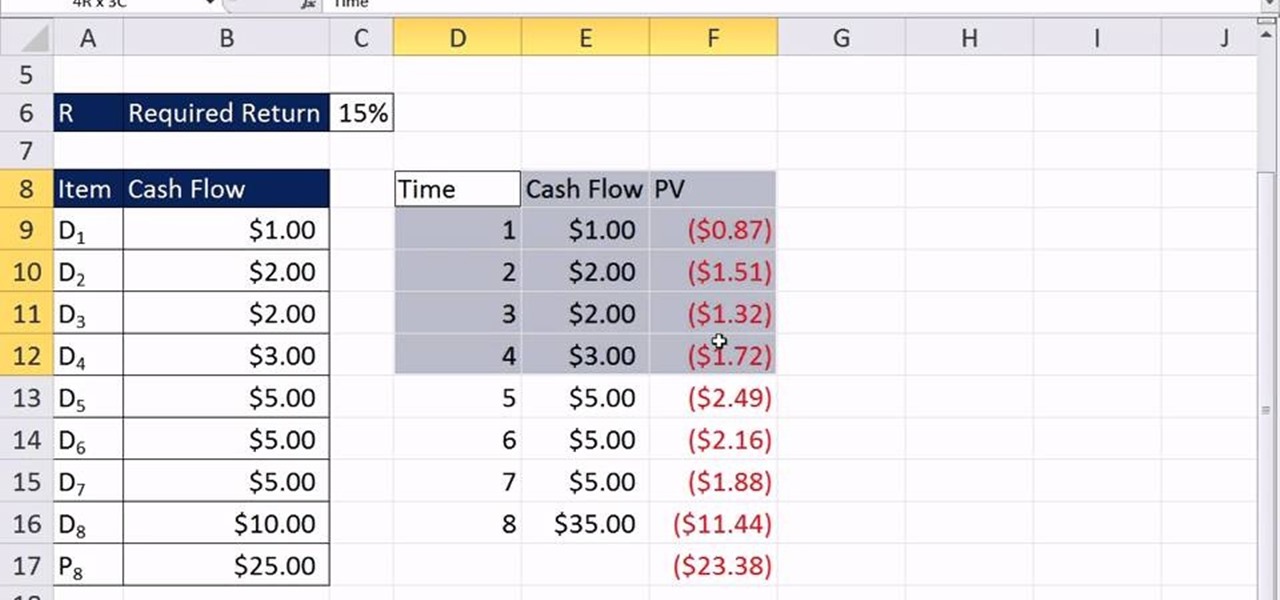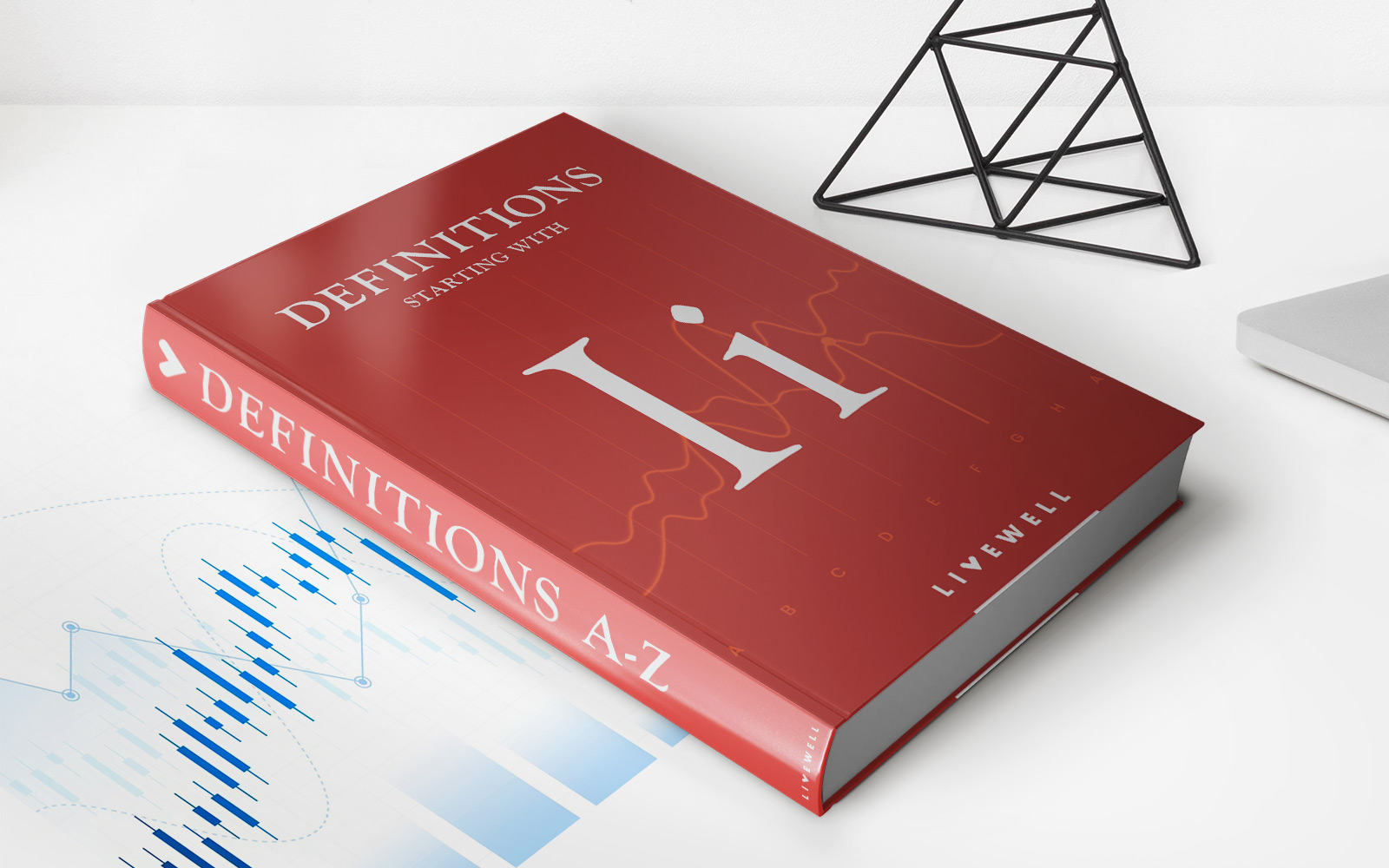Home>Finance>Distribution-in-Kind: Definition, Benefits, And About Payments
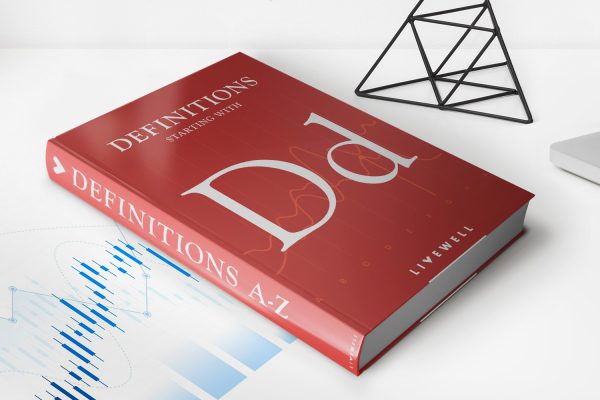
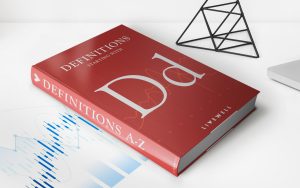
Finance
Distribution-in-Kind: Definition, Benefits, And About Payments
Published: November 13, 2023
Learn about distribution-in-kind in finance, including its definition, benefits, and payments. Discover how this method can benefit your financial strategy.
(Many of the links in this article redirect to a specific reviewed product. Your purchase of these products through affiliate links helps to generate commission for LiveWell, at no extra cost. Learn more)
Distribution-in-Kind: Definition, Benefits, and About Payments
Finance is a crucial aspect of our lives, and understanding its different categories is essential for financial success. One such category that we will delve into today is Distribution-in-Kind. But what exactly does this term mean and how does it impact one’s financial planning? In this blog post, we will explore the definition, benefits, and facts about payments related to distribution-in-kind.
Key Takeaways:
- Distribution-in-Kind refers to a method of payment that involves providing goods or services instead of cash.
- This mode of payment offers advantages such as cost savings, tangible benefits, and tax incentives.
What is Distribution-in-Kind?
Distribution-in-Kind, also known as payment-in-kind or in-kind payments, is a process where goods or services are provided as payment instead of cash. This method is often used in business transactions, investments, and even in legal settlements. Instead of transferring money, the parties involved agree to exchange assets directly. This can include tangible goods like equipment, real estate, or intangible assets such as intellectual property or copyrights.
Distribution-in-Kind can occur in various scenarios. For instance, a company may choose to pay dividends to its shareholders in the form of additional shares rather than cash. Alternatively, a non-profit organization might distribute in-kind contributions received, such as food or clothing, to those in need instead of monetary donations.
The Benefits of Distribution-in-Kind
Now that we understand what distribution-in-kind means, let’s explore some of the benefits it offers:
- Cost Savings: One of the significant advantages of distribution-in-kind is the potential for cost savings. Instead of using cash to make purchases or payments, individuals or organizations can utilize existing resources, reducing the need for additional expenditures.
- Tangible Benefits: Rather than receiving cash, distribution-in-kind allows for the acquisition of tangible goods or services. These assets can be used directly, providing immediate value and utility.
- Tax Incentives: In some jurisdictions, distribution-in-kind may offer tax advantages. Depending on the specific circumstances and tax laws, individuals or organizations might be able to claim deductions or reduce taxable income by using this method of payment.
- Diversification and Expansion: Distribution-in-kind can be used strategically to diversify an investment portfolio or expand a business. By acquiring assets other than cash, individuals and organizations can broaden their holdings and potentially increase their overall value or generate additional revenue streams.
It’s important to note that distribution-in-kind may not always be suitable or advisable for every situation. It is essential to evaluate the specific circumstances, tax implications, and potential liquidity requirements before opting for this payment method.
About Payments Involving Distribution-in-Kind
When it comes to executing payments involving distribution-in-kind, there are a few factors to consider:
- Evaluation of Assets: It is crucial to assess the value of the assets being exchanged accurately. This evaluation ensures that the exchange is equitable and fair to all parties involved.
- Legal Considerations: Depending on the jurisdiction and nature of the transaction, legal advice might be necessary to comply with applicable regulations and ensure a smooth process.
- Documentation: Proper documentation is vital to record the distribution-in-kind accurately. This includes detailing the assets exchanged, their value, and any agreements or contracts entered into by the parties.
- Accounting and Reporting: For businesses, proper accounting and reporting practices are crucial to reflect the distribution-in-kind accurately in financial statements and other necessary documents.
In conclusion, distribution-in-kind is a method of payment that entails providing goods or services instead of cash. It offers various benefits, including cost savings, tangible benefits, and tax incentives. However, it is crucial to assess the specific circumstances, seek professional advice when necessary, and properly document and report these transactions to ensure compliance and accuracy.
Now that you have a better understanding of distribution-in-kind, you can explore how this payment method might benefit you or your organization in various financial situations. Remember to consider the potential advantages and consult with experts for advice tailored to your specific needs, goals, and legal requirements.
